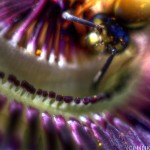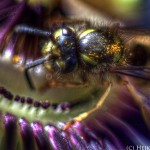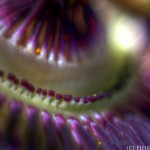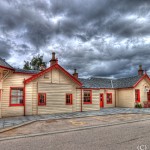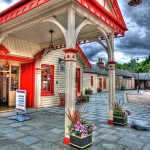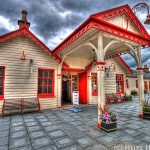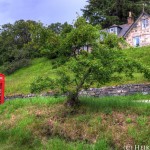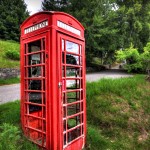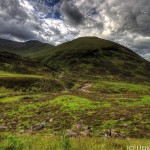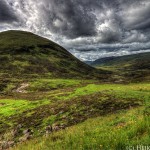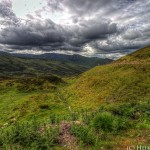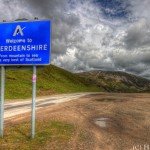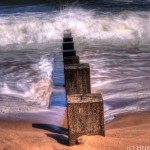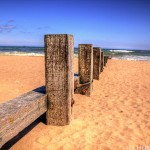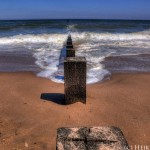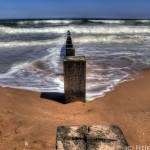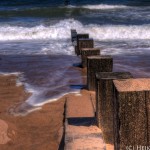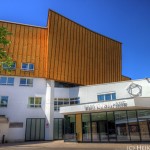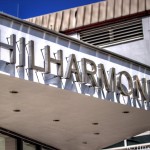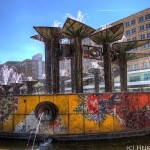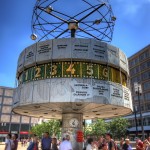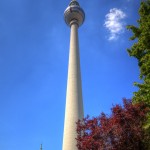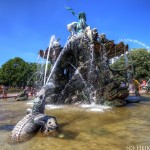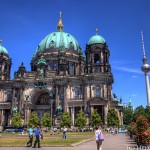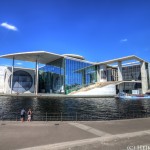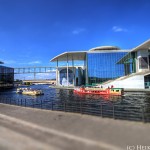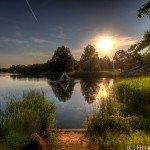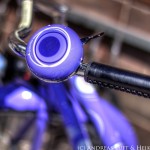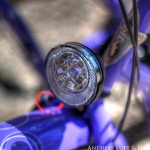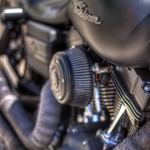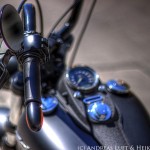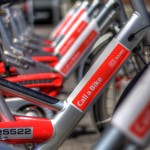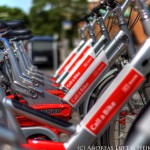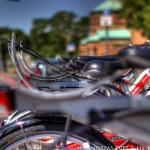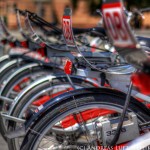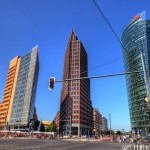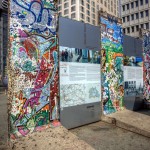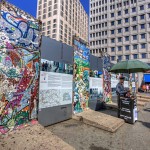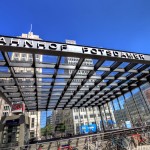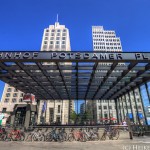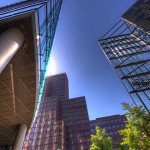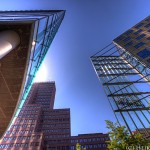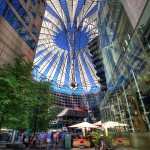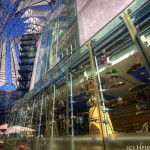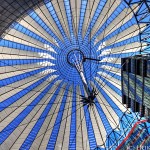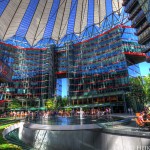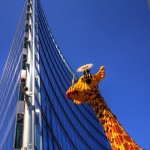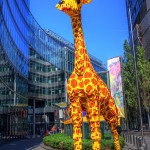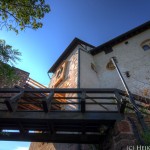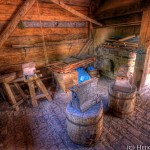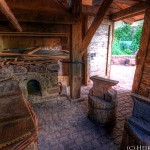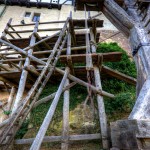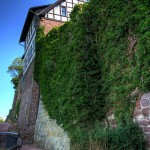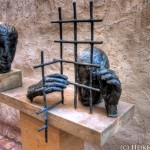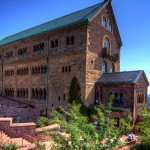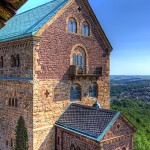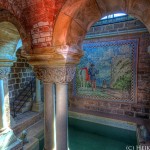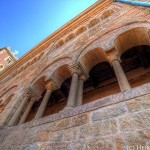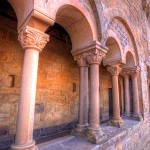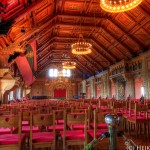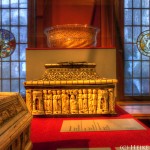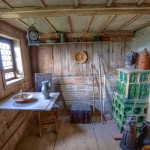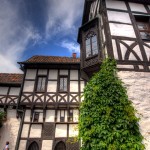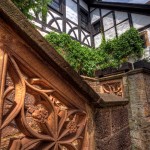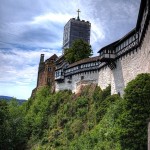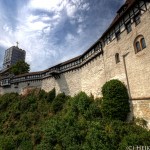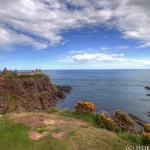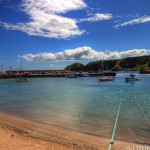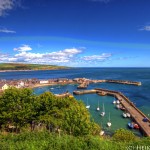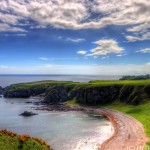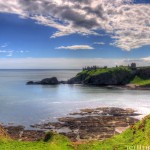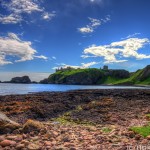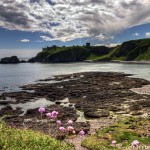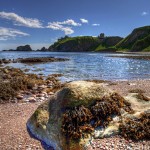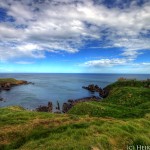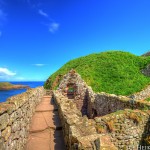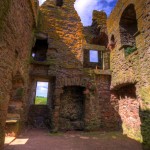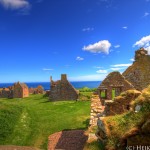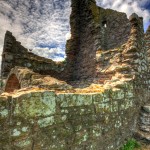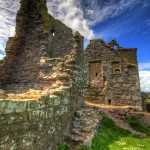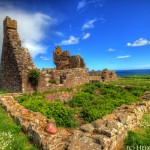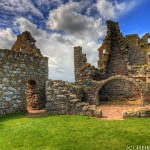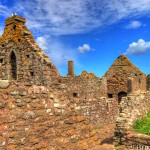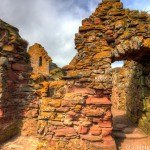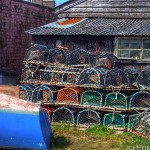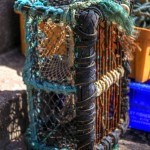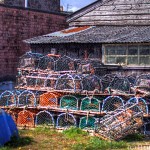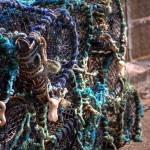By HeikeHameister, on September 8th, 2011
By HeikeHameister, on Juli 9th, 2011 The area around Braemar and Ballater is known as Royal Deeside, since Queen Victoria and the Royal Family have spent their holidays at Balmoral Castle. The river Dee has an important role for the nature in the area, because much of the semi-natural pinewoods in Scotland are within the river catchment. The whole area is famous for the rare pinewoods, birchwoods and heather moors and presents a associated wildlife.
The Ballater Railway Station was the terminus of the Royal Deeside Line from Aberdeen. It was opened by the Great North of Scotland Railway and was then closed in 1966. The old station was containing Queen Victoria’s waiting room. Nowadays, it is a visitor centre with a replica royal carriage.
By HeikeHameister, on Juli 2nd, 2011
By HeikeHameister, on Juni 4th, 2011 Berlin is with a population of 3.45 million people the largest city of Germany and is the residence for over 190 nations. The city is the home of renowned universities and research institutes. Furthermore, Berlin shelters great culture, like museums, orchestra and sporting events. The city is famous for the diverse architecture, nightlife and contemporary arts. Its unique and urban settings,plus historical legacy have made it a popular location for international film productions.
By HeikeHameister, on Juni 4th, 2011 The bicycle sharing system makes numbers of bicycles available as a mobility service in different german cities.
By HeikeHameister, on Juni 4th, 2011 The Potsdamer Platz is a public square and traffic intersection in the centre of Berlin, Germany and the history can be tracked back to the year 1685.
In 1924 one of the first traffic lights in Continental Europe were built at Potsdamer Platz in an attempt to control the sheer volume of traffic passing through. More than 100.000 people and more than 60.000 cars, horse-drawn vehicles, handcarts and bycicles passed the place daily.
During World War II almost all of the buildings around Potsdamer Platz were turned to rubble by air raids and heavy artillery bombardment, but commercial life reappeared in the ruins around Potsdamer Platz within just a few weeks of war’s end.
1961, the construction of the Berliner Wall found the Potsdamer Platz physically divided in two peaces and became totally desolate. Only two buildings in the immediate vicinity of Potsdamer Platz still stood in the east part of Berlin. Below ground, the S-Bahn line remained open, without stopping at Potsdamer Platz. Therefore, the trains briefly passed through East German territory en route from one part of West Berlin to another and the S-Bahn station became the most infamous of several Geisterbahnhöfe (ghost stations).
After the opening of the Berliner Wall in 1989, Potsdamer Platz was one of the first places to cross the border between East and West Berlin. Nowadays, the square became the focus of attention again and became the key area where the city had an opportunity to express itself.
By HeikeHameister, on Mai 30th, 2011 The Wartburg is situated near Eisenach (Thuringia) and was founded in 1068 by the count of Schauenburg. In 1207 the castle became the venue of the Sängerkrieg (Minstrels‘ Contest) in which Minnesänger (Walther von der Vogelweide or Wolfram von Eschenbach) took part and was treated with poetic licence in Richard Wagner’s opera Tannhäuser.
From May 1521 until March 1522, Martin Luther stayed at the castle after his excommunication by Pope Leo X and translated the New Testament into German, the first translation into a modern language.
In 1817, about 450 students came together and called for German unity. This and similar events at Wartburg during the Revolutions of 1848 are considered seminal moments in the movement for German unification.
The Landgrafenhaus (romanesque palace) is the oldest building and contains the Sängersaal (Hall of the Minstrels), which is the setting for Richard Wagners Tannhäuser.
By HeikeHameister, on Mai 13th, 2011
By HeikeHameister, on Mai 13th, 2011 Dunnotar Castle is located on a rocky hill, about 3km south of Stonehaven, Scotland. Most of the buildings are largely of the 15th–16th centuries and the castle played an important role in the scottish history, because you can overlook the shipping lanes to northern Scotland.
By HeikeHameister, on Mai 13th, 2011 The lobster fishing is a large fishing industry. The lobster traps are either rectangular-shaped or half-cylinders, made from oak and surrounded by a rope mesh. Normally, the lobster traps are sunk to the ocean bottom with weights, are baited with dead fish and are connected to each other with a rope.
|
A sample text widget
Etiam pulvinar consectetur dolor sed malesuada. Ut convallis
euismod dolor nec pretium. Nunc ut tristique massa.
Nam sodales mi vitae dolor ullamcorper et vulputate enim accumsan.
Morbi orci magna, tincidunt vitae molestie nec, molestie at mi. Nulla nulla lorem,
suscipit in posuere in, interdum non magna.
|
|
